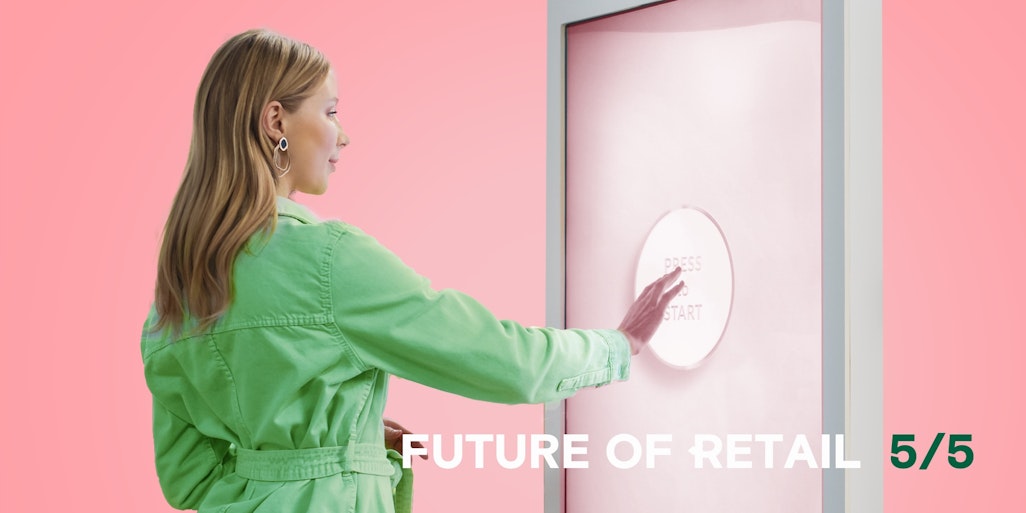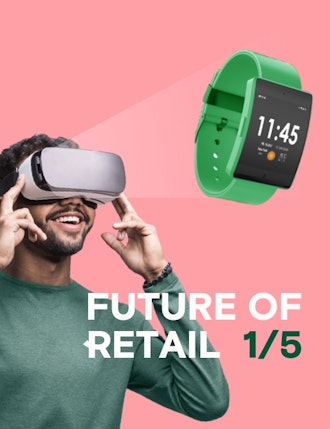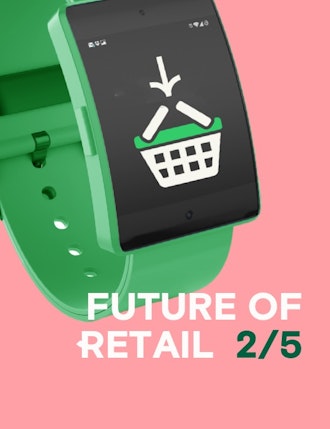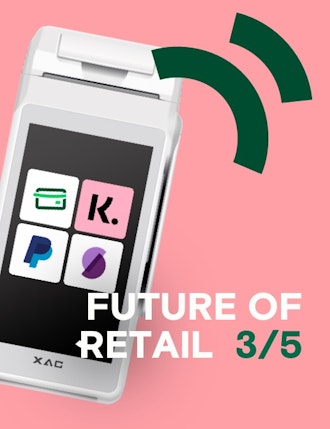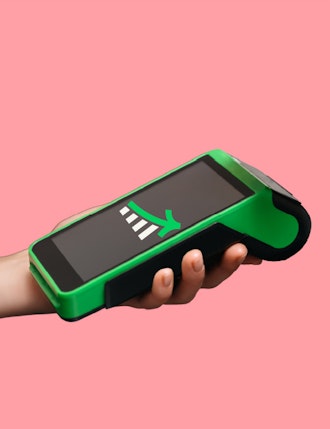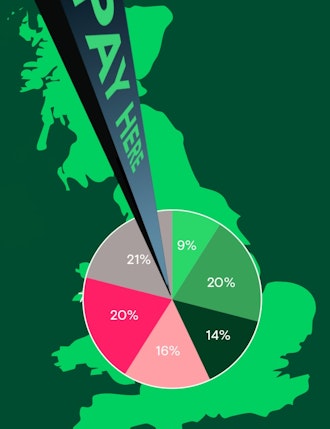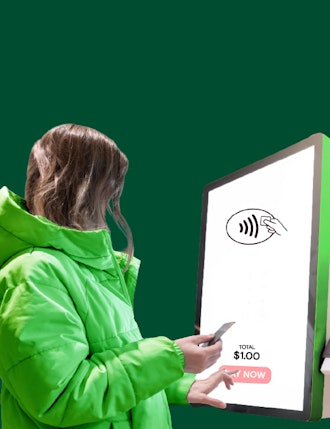The store of the future will be an experience like no other. Thanks to 5G connectivity and increasing demands for digital flexibility and access, the retail store as we know it is undergoing quite a transformation. While the pandemic heightened the need to create new store experiences, even more changes are on the horizon. In the coming years, we can expect retail stores to leverage innovative technologies, including Metaverse, and virtual and augmented reality, to enhance the customer experience and drive in-person commerce.
This is the final post in our five-part series exploring the different aspects of in-person retail and the changes we can expect over the next five to 10 years. In the series, we’ve covered the impact of technology within the next decade, the growth of omnichannel retail, the rise in payment systems and the increased use of data.
The future of store design
Retailers are becoming increasingly aware that store design is not just about merchandise and displays anymore but about creating a unique and immersive customer experience. As shoppers seek out experiences beyond traditional brick-and-mortar stores, retailers are responding by experimenting with smaller stores and creating engaging, physically attractive and technologically advanced retail environments.
Retailers are exploring new store designs with innovative technologies to create new, exciting and immersive in-person retail experiences. From specialised zones for interactive product demos and digital signage to touchscreens and interactive kiosks that use unattended payment technology to streamline the customer experience, these new store designs allow customers to truly get a feel for a product before buying it. This technology could also create virtual showrooms, allowing customers to interact virtually with products in a way not typically possible in a physical store.
We will also see an increase in the use of analytics and data-driven store design to understand customer behaviour and preferences better and tailor the store environment accordingly.
Store design is all about the customer experience
The customer experience is paramount to businesses, and store design is critical to creating an engaging, memorable experience. Changes in store design will be geared toward creating an immersive, interactive experience and customer convenience. Digital technologies such as automated checkout, intelligent product search and inventory management systems will make in-store purchasing quicker and more efficient.
By leveraging technologies such as augmented reality, virtual reality and interactive displays, store design can be tailored to create a unique and tailored journey for customers. This will allow stores to develop a deeper relationship with their customers, drive deeper engagement with their products or services, and create a bespoke shopping experience that will hook customers and keep them returning for more. These changes in store design reflect an evolution in how businesses can best serve their customers. By focusing on the customer experience, retailers can ensure customers receive a unique, personalised experience that cannot be replicated online.
Digital stores with seamless checkout experiences
It is becoming increasingly clear that digital stores have the potential to highly improve customer experience, with changes to store design leading to seamless checkout experiences. This is particularly useful in the age of in-person commerce, where many customers still prefer physical stores over online ones. With the right store design, retailers can create a unique, engaging experience that encourages customers to return.
Retail stores will increasingly offer virtual spaces allowing customers to browse products, make selections and complete checkout without leaving the comfort of their homes. Stores will be able to introduce innovative features that make the shopping experience more interactive and enjoyable. This could include virtual reality tours of products, immersive product interactions, and voice-activated customer service. Businesses must invest in digital solutions that provide a smooth and efficient shopping experience. This means ensuring customers can access product information, place orders, and receive their order confirmations quickly and securely, interacting with a mixture of digital and physical touch points. Of course this means having a payment platform that can seamlessly unite all of these different payment points, no matter how a customer wishes to pay.
Customers want an experience – otherwise, they would buy online
In today’s ever-evolving digital marketplace, customers increasingly expect a unique and engaging experience when shopping in person. From custom pop-up shops to interactive experiences like virtual reality, retailers are turning to the Metaverse to give customers the experiences they crave. Customers want to interact with items, see products in action and participate in unique experiences they can’t get while shopping online. Retailers can provide this experience by offering exciting activities such as virtual reality tours, interactive product displays, and virtual styling sessions. Another way to keep customers engaged is by offering personalised experiences such as customising products to the customer’s preferences, creating unique offers for each customer, or providing a personalised shopping assistant to guide customers around the store. By providing an engaging and personal experience, customers will be more likely to return for more and share their experiences with friends and family.
Moreover, payments within the Metaverse are also beginning to facilitate a more modern customer experience. With new payment methods like blockchain and cryptocurrency, retailers can make transactions more secure and streamlined while opening up the possibility of customised discounts to shoppers.
As the retail industry evolves and technology advances, we can expect a dramatic shift in how stores look and feel over the next five to 10 years. Store design will become more sophisticated, interactive, personal and data-driven, creating a more immersive and engaging customer experience.
Be sure to check out our other blog posts in this in-person retail blog series.
Interested in reading more around this subject? Here are some useful articles…
